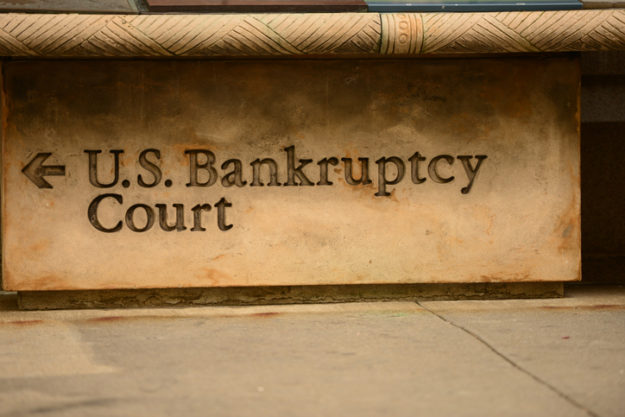Tenants and Bankruptcy: Lifting the Stay
February 27th, 2019 | By: Ian T. Morton, Esq.
As a continuation of our Blog series about Tenants and Bankruptcy (see The Basics https://www.paletzlaw.com/2018/11/27/tenants-and-bankruptcy-the-basics/), remember that the main constant in Bankruptcy filings is the Automatic Stay. The legal definition of a Stay is the postponement or halting of a judicial proceeding. The reason why a Stay automatically takes effect in Bankruptcy is to initially prevent collection efforts against the tenant, who is now known as the debtor.[1]
As we discussed in The Basics, a violation of the Automatic Stay can subject the landlord to severe penalties, which can include sanctions, fines, and result in a federal court lawsuit filed against you. So before proceeding with an eviction, you need to determine which of the two most common types of Bankruptcies was filed by the tenant/debtor – Chapter 7 or Chapter 13.
- A Chapter 7 Bankruptcy typically will last only 3-4 months and involves the discharge or elimination of almost all of the debts owed by the debtor to creditors including landlords.
- A Chapter 13 Bankruptcy will usually last for 3-5 years and involves the debtor proposing a payment Plan to pay back a portion of some of their debts. That payment Plan has to be approved through the Bankruptcy court and this process can often take up to 6 months.
If the tenant/debtor filed Chapter 7, but is still paying their rent, they can continue their tenancy without a Lease and merely await the discharge. The tenant/debtor though could agree to do an Assumption, which is the act of taking on an obligation, i.e. continuing with the Lease. Likewise, the tenant/debtor can also enter into a Reaffirmation, which is an agreement between them and the landlord whereby monies that could have been discharged are instead promised to be re-paid.[2]
If they are not paying their rent, however, you should speak with your attorney as soon as possible to file a Motion to Lift the Automatic Stay. This is a request made to the court to permit collection activity to once again be allowed against the debtor.[3] Then once the Stay is Lifted, your attorney can go back to your local court to proceed with an eviction. If you skip this vital step, not only could a landlord be denied the right to re-take the premises, but you could get fined and sanctioned.
If the tenant/debtor filed Chapter 13, looking at whether you want to Lift the Stay can be more complicated. This is because the Stay is in place for a much longer period of time, such as 5 years, and also because there is a Plan in place where the tenant/debtor has proposed to pay back some of their obligations.
Finally, from an internal processing perspective, a property management organization should have a system in place to monitor Bankruptcies, such as a loss mitigation department. At the very least, a standard operating procedure should be implemented in which Bankruptcy accounts are flagged and then what steps to take next should be coordinated with your attorney.
The Bottom Line: Filing a Motion to Lift the Automatic Stay is an effective tool at a landlord’s disposal when a tenant has filed Bankruptcy. Having an attorney who understands these procedures is vital to not only increase the chances of success but also to safeguard against sanctions or other missteps along the way.
[1] Black’s Law Dictionary definition of Automatic Stay
[2] Black’s Law Dictionary definitions of Assumption and Reaffirmation
[3] Black’s Law Dictionary definition of Motion to Lift Automatic Stay
Speak with a Paletz Landlord
Advocate Today
 - advice for small to mid-size businesses to help them better their day-to-day operations
- advice for small to mid-size businesses to help them better their day-to-day operations 